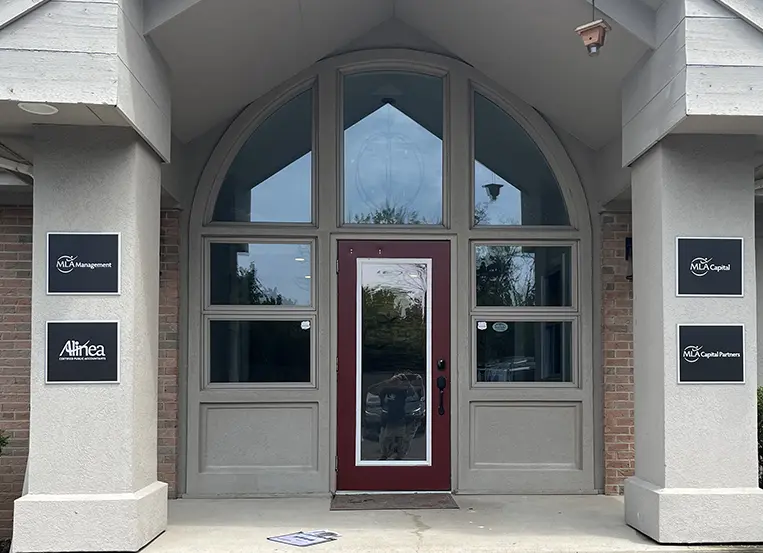We’ve reached the halfway point of 2019, so it’s a good time to take a look forward to the next year and beyond to predict some of the most significant changes for process improvement. Processes involve not only a technological shift, but organizational change at the intersection of technology, process and people.
The following five trends should serve as a compass for firms looking to move their business transformation forward.
1. The Intersection of Process and Technology
Technology continues to be the accelerator in the transformation of the accounting profession. To implement new technology and leverage existing technology, your processes need to be optimized and improved.
Old processes with new technology create a host of issues. When firms introduce new tech without addressing their processes, people often blame the technology when outdated, inefficient processes are really the root cause of problems. It’s counterproductive to consider technology without also considering the process. In the same respect, a process cannot be fully optimized without considering the effective use of technology.
2. Focus on Consistency
While efficiency is still important, consistency is a key area of focus. First, consistency will make your firm more competitive because you will be able to evaluate your strengths and weaknesses easily and identify areas where you can improve. Second, when you deliver services consistently, client satisfaction and loyalty will increase.
Finally, with the new and existing technology to leverage, your processes have to be consistent. You simply cannot automate an inconsistent process. The need to eliminate personal preferences and move toward a firm preference continues to increase exponentially, as do opportunities to automate.
3. Process Across the Firm
Compliance processes have been the focus for process improvement in CPA firms. These areas can help a firm quickly realize the value of process improvements, but they are only part of the gain available.
Leading firms are expanding into all areas of the business, especially operations (i.e., billing, purchasing, client and employee onboarding, etc.). There is a tremendous amount of opportunity in these processes because, in most cases, they haven’t been properly evaluated. Once you start taking a deeper look at these areas, you’ll often find variations, loops, bottlenecks and other inefficiencies and inconsistencies. Lean Six Sigma continues to be a proven method for addressing these problem areas and freeing up capacity to offer more value, both internally and externally.
4. Continuous Improvement as a Strategy
Firms need to be strategic about continuous improvement. Some firms are dedicating resources to this area of focus and are implementing this as a role in their organizations. Strategic continuous improvement should involve three components:
- An outside perspective to help challenge the status quo and introduce new ideas and best practices
- A community of peers sharing real-world challenges and successes
- An internal person trained and certified to lead and direct process improvement initiatives
Continuous improvement is as much about mindset as it is about actions. When you start looking at the long-term impacts of the work you’re doing, you’ll understand that the temporary adjustment to new processes and habits a change initiative is tolerable if it means the firm will be in a better position in the long term – both financially and in terms of the firms’ ability to deliver outstanding client service. The key to successful continuous improvement is in the name. It’s continuous so you can identify opportunities for growth, make improvements and measure the results.
5. Process and Upskilling
Process improvement frees up capacity for higher value activities. If you take a process and reduce the number of steps by 50 – 80%, you need to make sure that you are shifting the focus of the work that your people are tasked with. We need to train and upskill them to perform the value-added activities and ultimately become more consultative.
Upskilling your team is too complex to expect it will unfold organically, and there is no one-size-fits-all solution. You’ll need to take a hard look at your current team, analyze the skills they possess now, anticipate the skills they’ll need in the next three to five years and identify internal and external resources to develop them.
In the coming months, make sure that firm leadership is considering the challenges and opportunities in this list as they identify process improvement strategies. Innovation in the profession requires that all firms review their current processes to make the necessary changes to free up capacity and transform in the years to come.
========
Arianna Campbell is a consultant with Boomer Consulting, Inc.
Thanks for reading CPA Practice Advisor!
Subscribe Already registered? Log In
Need more information? Read the FAQs
Tags: Firm Management, Technology





